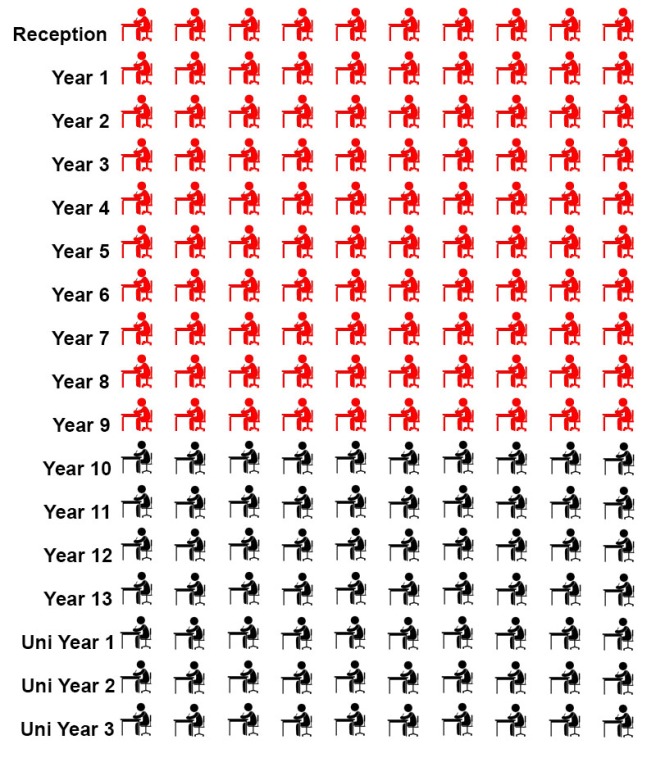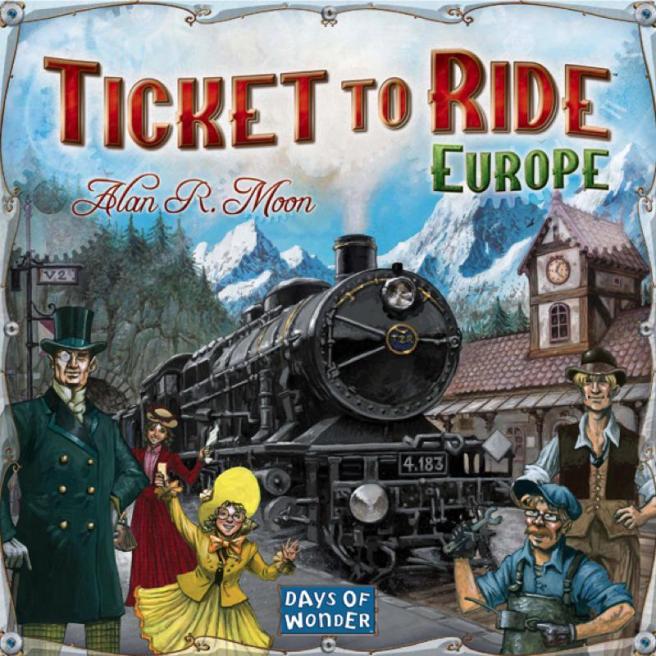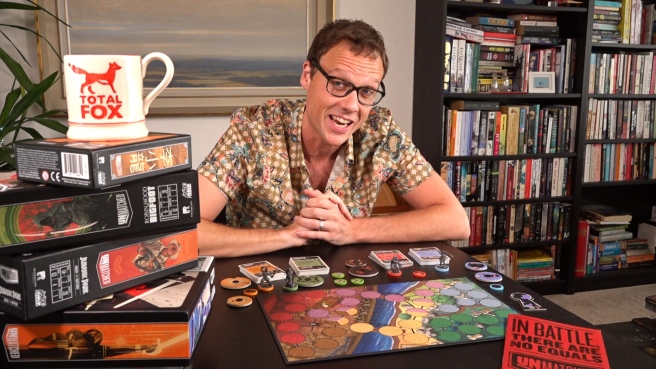I’m feeling tired today. Last night my youngest (she’ll be 2 in October) had a tough time trying to get to sleep, so my wife and I spent most of the early evening taking turns in soothing her. Each time we heard her cry there’d be a groan from us both, then one of us would go up. On the fourth or fifth time of rocking her and singing her a song to try and calm her, I had a stark appreciation of the situation. My eldest is 4 and she never needs us to go up to sing to her any more. I’ve got maybe a year left of cuddling and singing before that’s it – no more soothing the baby. While it’s difficult, it is something I will miss and I won’t get that time back.
Time’s one of those things we never seem to have enough of as a teacher and I know many of us struggle with this both professionally and personally. Each year when we receive our new timetables we scour them for the free periods as they dictate the time we have to catch up on work. Then the summer holidays arrive and we suddenly have a seemingly endless stretch of hours and days in front of us.
I did an assembly earlier this year on Time (I mean the topic was ‘Time’… I haven’t just written a blog post about how I was punctual). The premise was pretty simple, that we shouldn’t take life for granted, but that we should make the most of these moments – even if they seem difficult or arduous at the time (like me rocking my daughter who won’t go to sleep). I borrowed heavily from a fantastic blog at Wait But Why. At this time in the year for teachers – on the first days of the summer holidays – I think it’s important to think about what we do with our time to make the best possible use of it – even if it’s just to recharge before September.
I love an abstraction, and it seemed to work well for the assembly, so I put some graphics together which helped me think about time. They assume (probably optimistically) that I’ll live to the ripe old age of 90. I’m currently 36, so a simple one to start with would be my life in years:

(where the blue circles are years I’ve had, and the yellow are ones yet to come)
Boris became the new Prime Minister today. At the age of 36 I’ve seen 7 Prime Ministers, including BoJo. With a new one every 4 years or so, I can expect to probably only see another 15.

By today, all UK teachers should now have started their summer holidays. I have had 14 summer holidays as a teacher. The red dashed line marks the estimated end of my teaching career – assuming I retire at 65.

This all starts to look a bit morbid though. Some good news is that those extra holidays mean we get more time for leisure. The recent TeacherTapp on how many books are read was positive – on average, people in the UK read 4 books a year (YouGov, 2014) but it looks like most teachers are planning on reading 3+ books in just the summer holiday!

If I push myself into that group (4+3 = 7 a year?) then this looks better for my reading… a perk of being a teacher, definitely.

(378 for me as a teacher, and 216 for me as a non-teacher)
In my assembly I finished with the graphic below. It simply showed the number of months (Sept – July) that students had in school. I used Year 10 as they were in the middle (Years 7/8/9 on one side, Years 11/12/13 on the other) and it was a whole-school assembly. This image resulted in a quiet hum in the audience, and it’s the one that students mentioned later – the realisation that their education does have an end, and that their time in school does move quickly. Those older students already knew that they were at the tail-end, but this graphic apparently prompted some of them to question how much of that time had been spent productively. Sometimes a reminder that they won’t be sitting in classrooms forever is useful, especially for those who assume that it will all miraculously be OK once they reach their final exam year.

We as teachers go through the curriculum each year, tweaking and refining: they’re the ones who experience this though. As teachers, we need to make sure that time is spent as usefully as possible. That graphic could be easily broken down into weeks, days or lessons. In my department we certainly have some refining to do, giving more time to some topics and rethinking some that are less useful to the students. But that can wait until after I’ve finished my 3 books.



